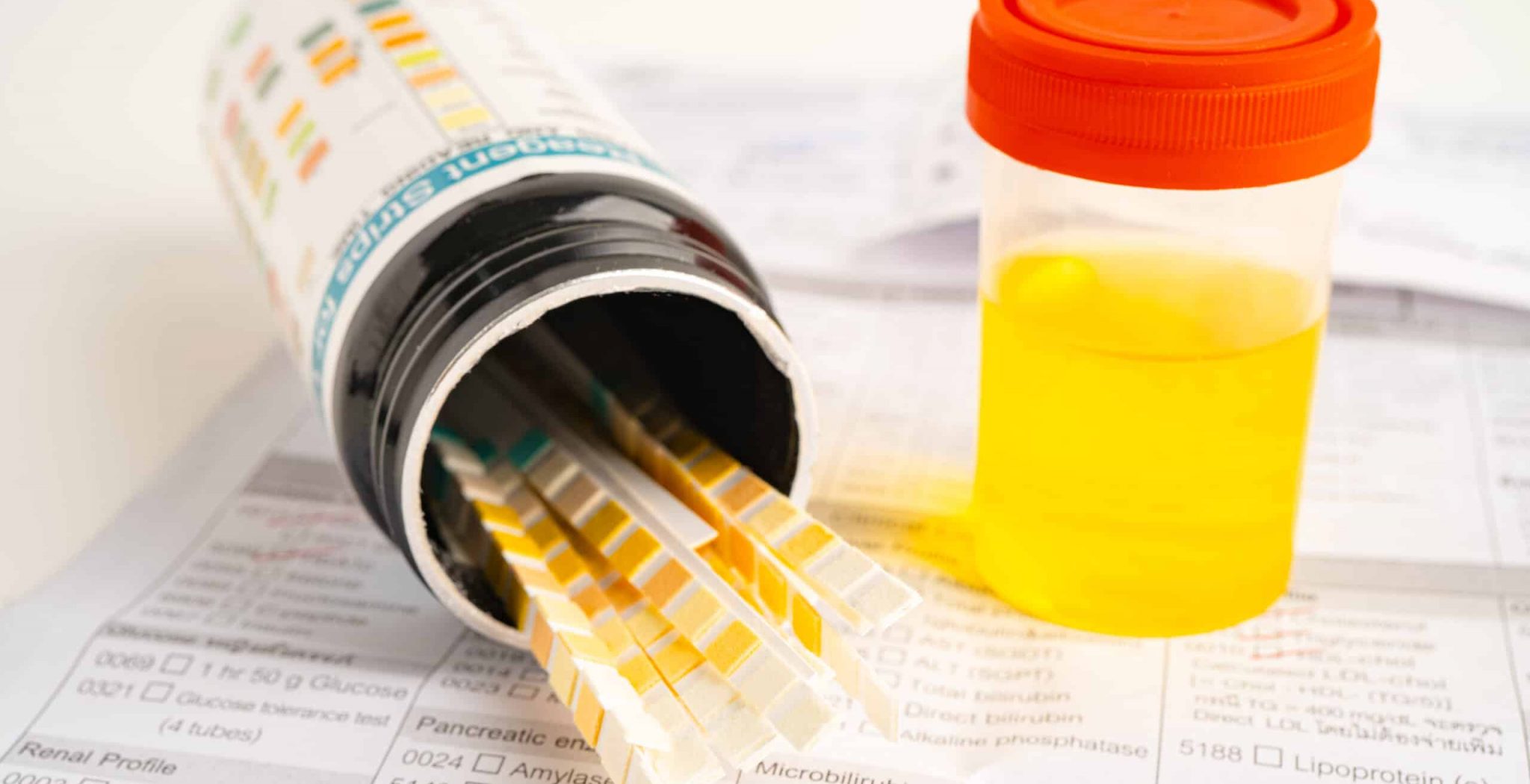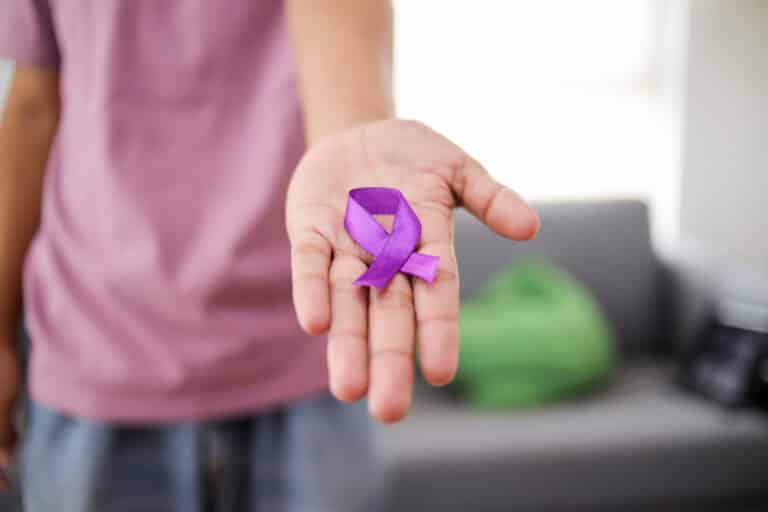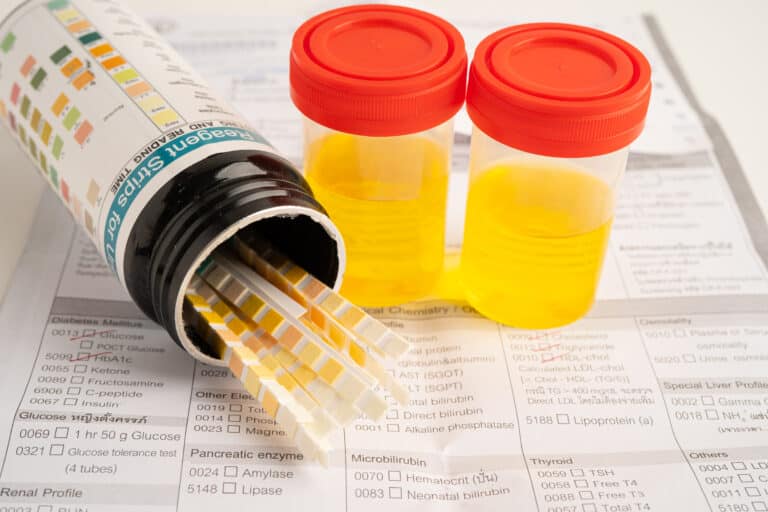What Are Fentanyl Test Strips?
The opioid epidemic has dramatically changed the landscape of substance use in recent years, with fentanyl becoming a leading cause of overdose deaths across the United States. This potent synthetic opioid, often mixed with other drugs like heroin, cocaine, or even counterfeit pills, poses a grave risk because users may be unaware they’re consuming it. To combat the rising fatalities, fentanyl test strips (FTS) have become an essential tool in harm reduction efforts. Southern California Sunrise Recovery Center recognizes the importance of these strips and advocates for their use to help save lives and prevent unnecessary overdoses.
Fentanyl test strips are small, portable tools that allow people to test a drug for the presence of fentanyl. With growing awareness about the risks of fentanyl contamination in street drugs, these strips have gained significant attention for their role in promoting safety among individuals who use drugs, whether recreationally or habitually.
How Do Fentanyl Test Strips Work?
Fentanyl test strips are easy to use and require only a few simple steps to detect the presence of fentanyl. Developed initially for urine testing, these strips are now commonly used to test drug samples before consumption. Here’s how they typically work:
- Step 1: Preparing a Sample
A small portion of the drug is dissolved in water. This can be done by placing a tiny amount of the drug, whether it’s in powder or pill form, into a clean container and adding water to it. Users only need to test a small fraction of the drug, making it a practical solution even when supplies are limited. - Step 2: Testing with the Strip
Once the drug is dissolved, the fentanyl test strip is dipped into the solution. The strip should be held in the liquid for a few seconds to absorb the solution. - Step 3: Interpreting the Results
After removing the strip from the liquid, results typically appear within a few minutes. The strip displays one of two outcomes:- One line indicates the presence of fentanyl, signaling that the drug is contaminated and poses a high risk of overdose.
- Two lines suggest that no fentanyl is detected, but this does not guarantee the safety of the drug. It simply means fentanyl was not found in that sample.
Despite their simplicity, fentanyl test strips are incredibly effective in helping users make informed decisions, significantly reducing the risk of unintentional fentanyl ingestion.
Why Fentanyl Test Strips Are Important for Harm Reduction
Fentanyl is 50 to 100 times more potent than morphine, making even tiny amounts potentially lethal. The rise in fentanyl-related overdoses, often due to its presence in drugs like heroin or cocaine, has led to an increased demand for harm-reduction tools. Fentanyl test strips provide a critical line of defense, allowing users to identify the presence of this deadly substance before it can cause harm.
Here are some key reasons why fentanyl test strips are vital for harm reduction:
- Prevention of Overdose Deaths
The primary goal of fentanyl test strips is to prevent fatal overdoses. Since fentanyl is often mixed with other substances without the user’s knowledge, the ability to test for it can be lifesaving. If fentanyl is detected, users can choose not to use the drug, use it in smaller quantities, or have naloxone (an opioid overdose reversal medication) on hand in case of an emergency. - Empowering Individuals
Fentanyl test strips empower people who use drugs to make safer decisions. By giving users the ability to test their drugs, these strips help reduce the fear and uncertainty that often come with substance use. Users can feel more in control, knowing they have an option to check for fentanyl contamination before consumption. - A Tool for Outreach Programs
Many harm reduction programs and addiction treatment centers, including Southern California Sunrise Recovery Center, distribute fentanyl test strips as part of their outreach efforts. These strips help individuals now and serve as a point of engagement to connect people with addiction resources and treatment options. Encouraging the use of these strips can help foster trust and open the door to conversations about long-term recovery.
Addressing the Limitations of Fentanyl Test Strips
While fentanyl test strips are an effective tool in harm reduction, it’s essential to recognize their limitations. Here are some factors to consider:
- Only Detect Fentanyl, Not All Synthetic Opioids
Fentanyl test strips are designed specifically to detect fentanyl and fentanyl analogs. However, other synthetic opioids, such as carfentanil, may not be detected by these strips. Carfentanil is even more potent than fentanyl, and its presence can also lead to fatal overdoses. Therefore, even if a test strip indicates no fentanyl, users should still exercise caution. - False Negatives and Dilution
Although rare, false negatives can occur. This can happen if the fentanyl is not evenly distributed within the drug or if the sample is too diluted. For the most accurate results, following the instructions carefully and using the test strips as directed is essential. - Not a Guarantee of Safety
While fentanyl test strips can help detect fentanyl, they do not guarantee the overall safety of the drug. Other harmful substances, including potent opioids or dangerous pollutants, may still exist. Users should understand that the absence of fentanyl does not mean the drug is safe to use.
How Southern California Sunrise Recovery Center Supports Harm Reduction Efforts
Southern California Sunrise Recovery Center is committed to helping individuals who struggle with substance use and mental health disorders find hope and healing. Fentanyl test strips are just one of the many tools the center supports in its comprehensive approach to harm reduction. By advocating for the distribution of fentanyl test strips, Southern California Sunrise Recovery Center aims to reduce overdose deaths and encourage individuals to take the first step toward recovery.
The center provides a range of evidence-based treatments for opioid addiction, including medication-assisted treatment (MAT), detox programs, and behavioral therapy. While harm reduction tools like fentanyl test strips offer immediate support, Southern California Sunrise Recovery Center believes in long-term recovery. It provides the necessary resources to help individuals break free from addiction.
Where to Get Fentanyl Test Strips
For individuals in need of fentanyl test strips, there are several ways to obtain them. Many harm reduction organizations and local health departments offer these strips for free. Some pharmacies also sell fentanyl test strips over the counter or online, allowing for easy access.
Southern California Sunrise Recovery Center partners with local outreach programs to ensure that individuals have access to harm-reduction tools, including fentanyl test strips. By integrating harm reduction strategies into treatment programs, the center aims to help people avoid overdose while guiding them toward a path of sustainable recovery.
Taking the Next Step Toward Recovery
If you or someone you love is struggling with mental health or substance use, Southern California Sunrise Recovery Center is here to help. While fentanyl test strips can reduce the immediate risk of overdose, they are not a solution to addiction. Recovery is possible, and the compassionate team at Southern California Sunrise Recovery Center offers personalized treatment plans designed to address the unique needs of each individual.
Whether you’re looking for a detox program, residential treatment, or ongoing support through outpatient care, Southern California Sunrise Recovery Center has the resources and expertise to guide you toward a healthier, drug-free future. Don’t wait until it’s too late—reach out today and take the first step toward lasting recovery.
Get Help Today
Fentanyl test strips have proven to be a powerful tool in the fight against overdose deaths, especially as fentanyl continues to permeate the drug supply. Southern California Sunrise Recovery Center believes in the importance of harm reduction while supporting individuals on their journey to recovery. By utilizing fentanyl test strips and connecting people with treatment options, we can save lives and offer hope to those in need.






